A journey through Senegal offers an unforgettable blend of cultural heritage, natural wonders, and vibrant city life. From Dakar’s energetic streets to serene national parks and hidden coastal gems, this West African treasure captivates at every turn.
Senegal, a captivating West African nation, offers travellers an extraordinary blend of cultural richness, natural beauty, and historical significance. Its dynamic capital, Dakar, pulsates with energy, where traditional and modern influences seamlessly merge. This coastal city boasts bustling markets, picturesque beaches, and significant landmarks such as Gorée Island, a poignant reminder of the transatlantic slave trade. In contrast, Saint-Louis enchants visitors with its colonial-era architecture and vibrant artistic scene.
Nature lovers will find Senegal a paradise, with destinations like the Djoudj National Bird Sanctuary, home to countless migratory birds, and Lac Rose (Pink Lake), a mesmerizing natural wonder. The country's diverse cuisine, heavily influenced by its multicultural heritage, offers tantalizing flavours, while the rhythm of local music and dance forms the heartbeat of Senegalese culture. Whether exploring historic landmarks, enjoying outdoor adventures, or engaging with warm and hospitable locals, a journey through Senegal promises an unforgettable experience.
Best time to visit
Planning a trip to Senegal requires considering both climate and cultural festivities to ensure the best experience. The country experiences two primary seasons: the dry season (November to May) and the rainy season (June to October). The dry season is the most popular time for visitors, offering mild temperatures ranging from 25°C to 30°C (77°F to 86°F), low humidity, and clear skies—perfect for sightseeing and beach activities.
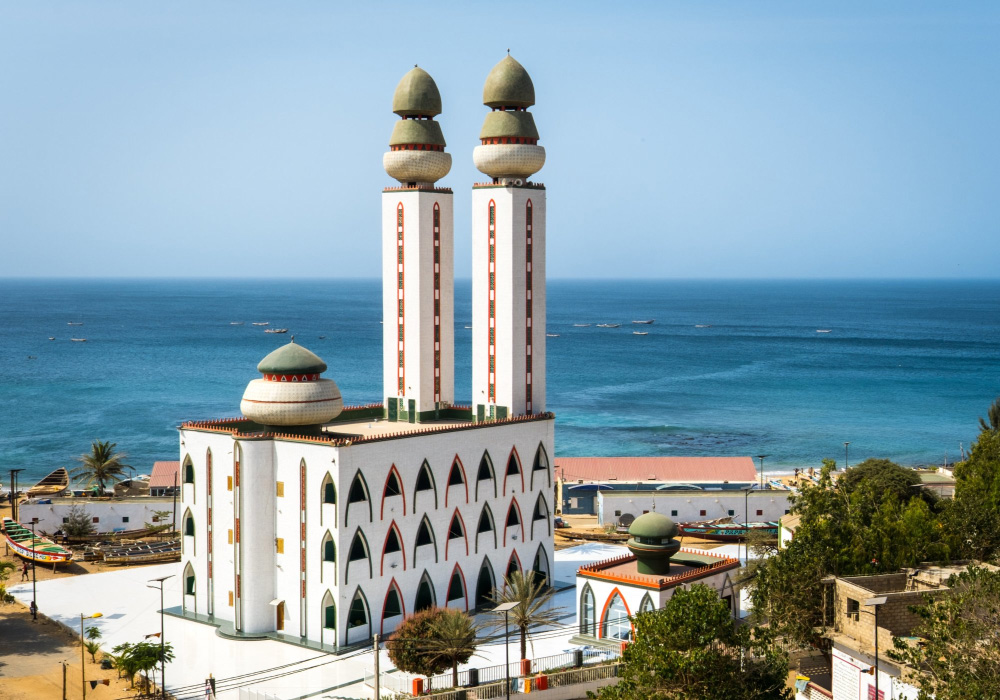
The rainy season, although less popular among tourists, transforms the landscape into a lush green paradise. Temperatures can rise up to 35°C (95°F), and heavy showers are common, particularly in the southern regions. Despite the rainfall, this period is ideal for travellers seeking fewer crowds and a vibrant, rejuvenated natural environment.
Festivals and events
Senegal is a land of vibrant festivals and cultural events. Timing your visit to coincide with these events can make your trip unforgettable. Here are some must-see festivals:
-
Saint Louis Jazz Festival (May): One of the biggest jazz festivals in Africa. Enjoy world-class performances in the charming city of Saint Louis.
-
Dak'Art Biennale (May-June): A contemporary art festival in Dakar. It showcases works from African and international artists.
Senegal also celebrates many traditional and religious events. These can provide a deeper understanding of local customs:
-
Tabaski (Eid al-Adha): This significant Muslim festival involves feasting and family gatherings. It usually falls in August.
-
Grand Magal of Touba: A major religious pilgrimage in January or February. Millions of people travel to the holy city of Touba.
-
Independence Day (April 4): Nationwide celebrations mark Senegal's independence from France. Enjoy parades and cultural performances.
Participating in these events will immerse you in Senegalese culture, making your visit more enriching and memorable.
Getting there
The easiest way to reach Senegal is by air. Blaise Diagne International Airport (DSS), located near Dakar, serves as the main international gateway. Several major airlines offer direct and connecting flights to Senegal:
-
Direct flights: Available from Paris (Air France), Brussels (Brussels Airlines), Madrid (Iberia), and New York City (Delta Airlines).
-
Connecting flights: Popular hubs include Istanbul (Turkish Airlines), Casablanca (Royal Air Maroc), and Addis Ababa (Ethiopian Airlines).
Once in Senegal, domestic travel is facilitated by intercity buses, rental cars, and ferries to key destinations such as Gorée Island.
Key destinations
Senegal is a stunning country with a rich cultural heritage and breathtaking landscapes. From vibrant cities to serene lakes, Senegal offers diverse experiences. To make the most of your trip, explore these key destinations that capture the essence of Senegal.
Dakar: A vibrant capital
Dakar, the bustling capital of Senegal, is the country’s cultural, political, and economic hub, offering a dynamic blend of history, art, and modern city life. Located on the Cape Verde Peninsula, it is the westernmost city in Africa, serving as a gateway between the continent and the rest of the world.
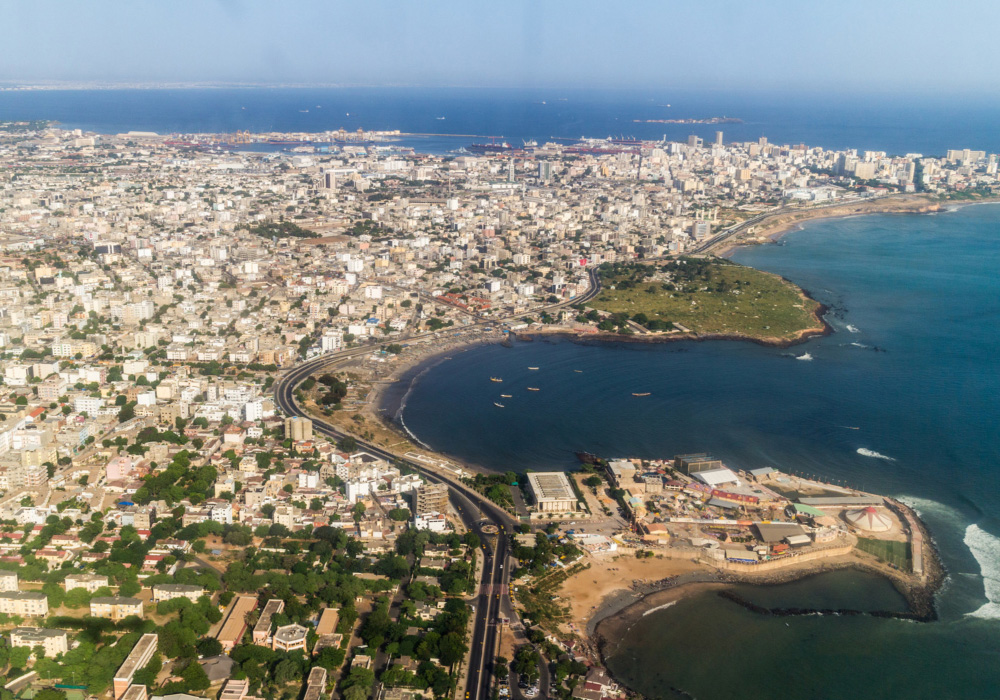
Dakar’s coastal charm is evident at Les Almadies, Ngor Island, and the towering African Renaissance Monument, offering stunning city and ocean views. A dynamic mix of tradition and modernity, Dakar is a must-visit destination for culture, history, and coastal beauty.
-
African Renaissance Monument: A towering 49-meter statue with breathtaking panoramic views.
-
Gorée Island: A UNESCO World Heritage Site and former slave trading post with significant historical importance.
-
IFAN Museum of African Arts: Showcasing West African artifacts and cultural heritage.
-
Sandaga Market: A lively market offering crafts, textiles, and local street food.
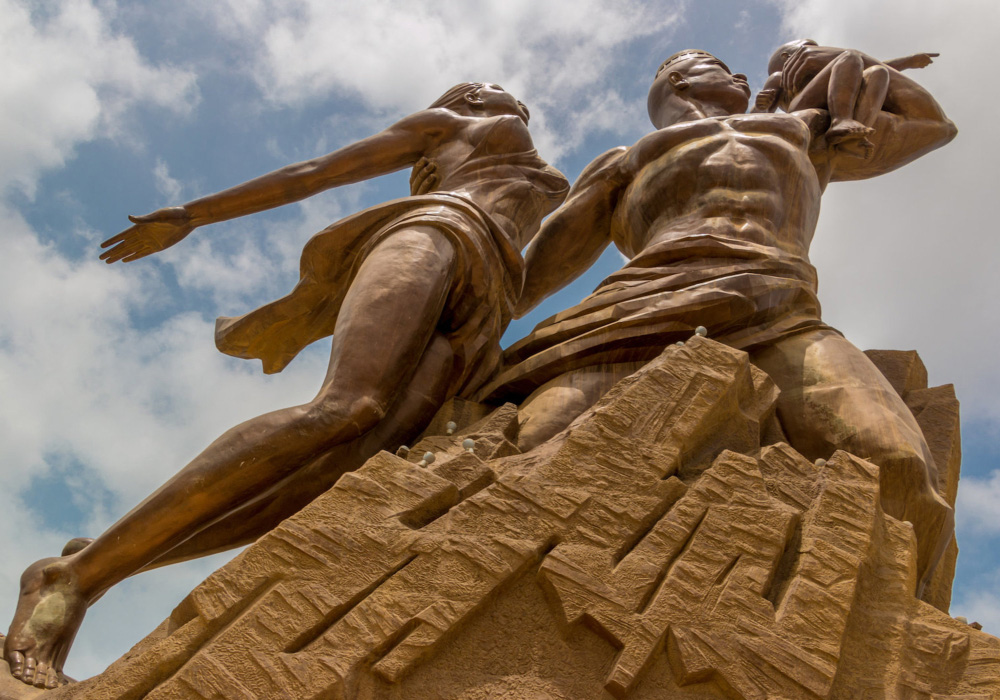
Lac Rose (Lake Retba)
Lac Rose, also known as Lake Retba, is one of Senegal’s most unique natural wonders. This salt-rich lake, located just north of Dakar, is famed for its striking pink hue, which varies in intensity depending on the time of day and season. The lake’s rosy colour is caused by the presence of Dunaliella salina, a type of algae that thrives in its high-salinity waters. The reflection of sunlight further enhances its mesmerizing pinkish tones, making it a breathtaking sight, especially during the dry season when the colour is most vivid.
Beyond its stunning appearance, Lac Rose plays a significant role in Senegal’s economy. Local workers harvest salt from the lake’s mineral-rich waters using traditional methods. The process involves manually collecting the salt and stacking it in large pyramids along the shore, creating an iconic landscape.
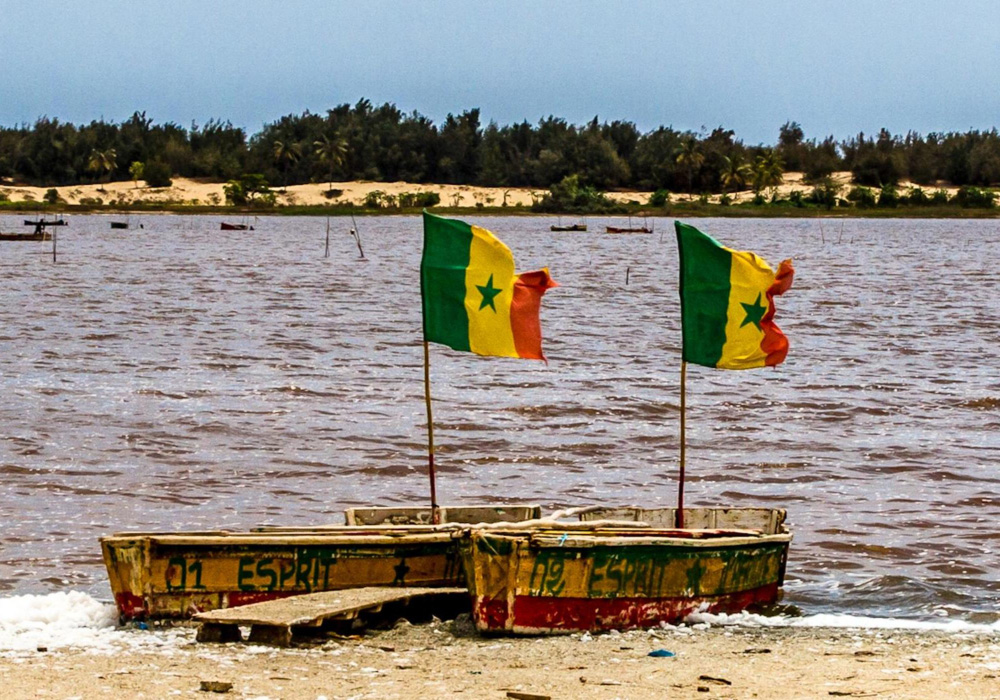
Visitors can watch this centuries-old practice in action or even wade into the buoyant waters, which have a salinity level similar to that of the Dead Sea, making floating effortless. Boat tours, often in brightly painted wooden pirogues, provide a closer look at the lake while offering insights into the daily lives of salt collectors.
In addition to its natural beauty and economic importance, Lac Rose has historical and cultural significance. It served as the finishing point of the famous Paris-Dakar Rally, adding to its international recognition. The surrounding area is home to small villages where visitors can experience local hospitality, taste fresh seafood, and shop for handcrafted souvenirs.
Whether you come for its surreal landscape, cultural experiences, or the chance to float effortlessly in its saline waters, Lac Rose is an unforgettable stop on any Senegal itinerary.
Lompoul Desert
The Lompoul Desert is a small yet breathtaking stretch of golden sand dunes, offering a Sahara-like experience within Senegal. Located between Dakar and Saint-Louis, this desert is known for its rolling dunes, some towering over 30 meters, creating a striking contrast to the country’s coastal and savannah landscapes.
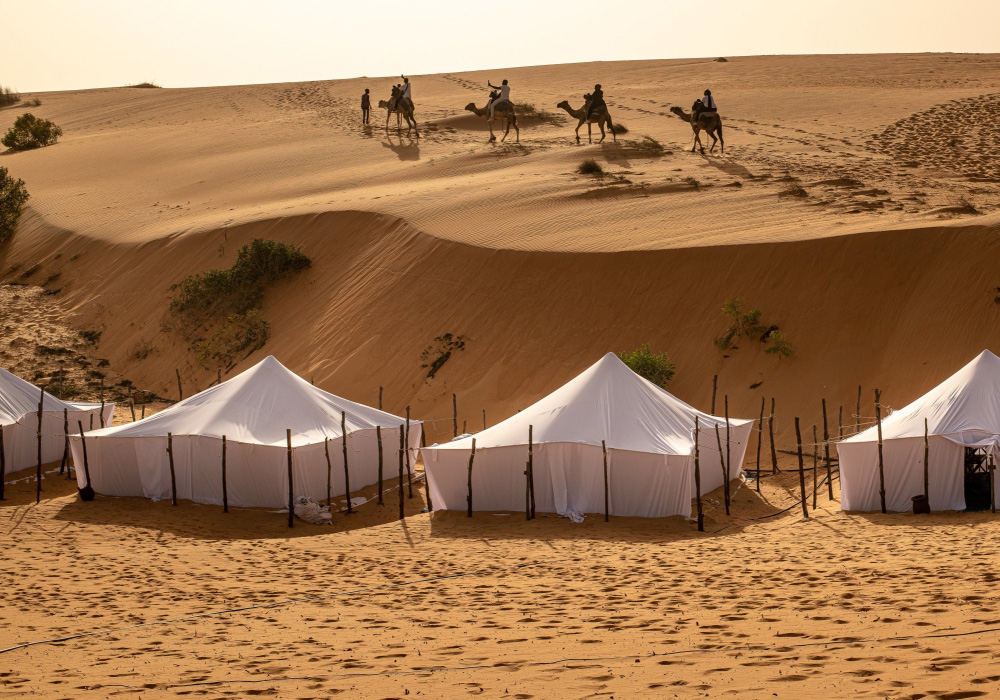
Visitors can explore Lompoul through camel treks, sandboarding, and 4x4 dune rides, making it a great spot for adventure seekers. For an unforgettable experience, spend the night in a traditional desert camp, where you can enjoy local Senegalese cuisine, live drumming performances, and spectacular stargazing under the vast, unpolluted night sky.
Each year, the Festival du Sahel transforms the desert into a vibrant cultural hub, featuring music, dance, and art from across West Africa. Whether you're looking for thrill-seeking activities or a peaceful retreat, Lompoul Desert offers a unique escape into Senegal’s diverse landscapes.
Saint-Louis
Saint-Louis, a UNESCO World Heritage Site, is Senegal’s former capital and a charming colonial city rich in history, culture, and artistic vibrancy. Located on an island in the Senegal River, it is connected to the mainland by the iconic Faidherbe Bridge, a striking piece of 19th-century engineering.
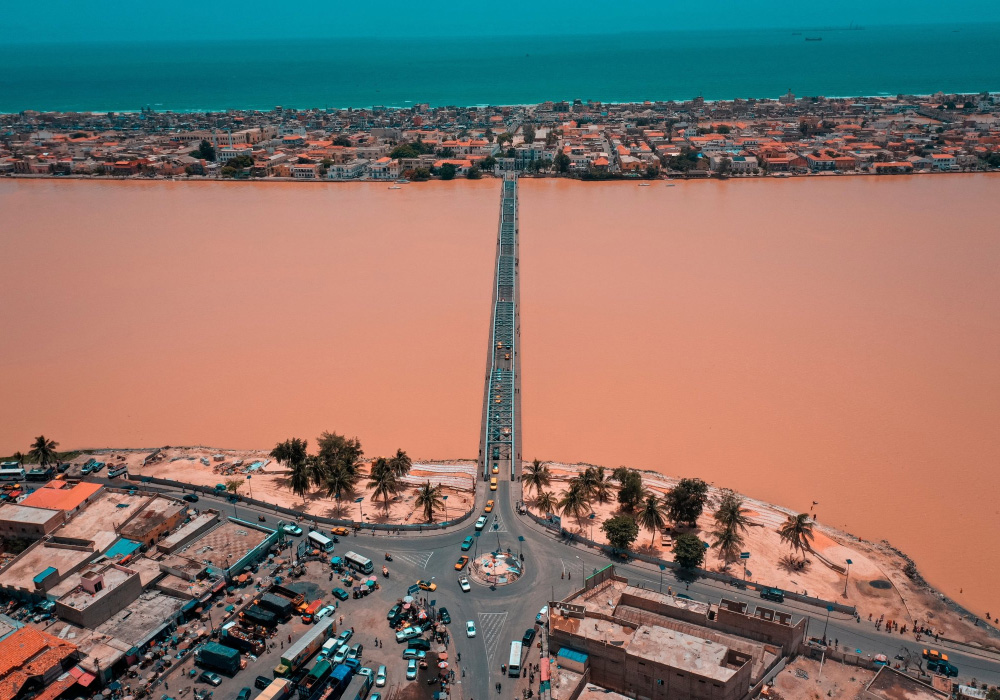
The city is famed for its well-preserved colonial architecture, featuring pastel-coloured buildings, wrought-iron balconies, and narrow streets that transport visitors back in time. Saint-Louis is also a cultural hub, home to the renowned Saint-Louis Jazz Festival, which attracts musicians and jazz lovers from around the world.
Beyond music, the city’s thriving art scene can be explored at galleries and workshops showcasing local talent. Its vibrant fishing community adds to its charm, with colourful pirogues lining the riverbanks. A visit to Saint-Louis offers a blend of history, art, and local traditions, making it one of Senegal’s most captivating destinations.
Gorée Island
Gorée Island, a UNESCO World Heritage Site, stands as one of Senegal’s most significant historical landmarks. Just a short ferry ride from Dakar, this small yet deeply poignant island was once a major center for the transatlantic slave trade. Today, it serves as a symbol of remembrance and resilience, attracting visitors who seek to understand its tragic past and rich cultural legacy.
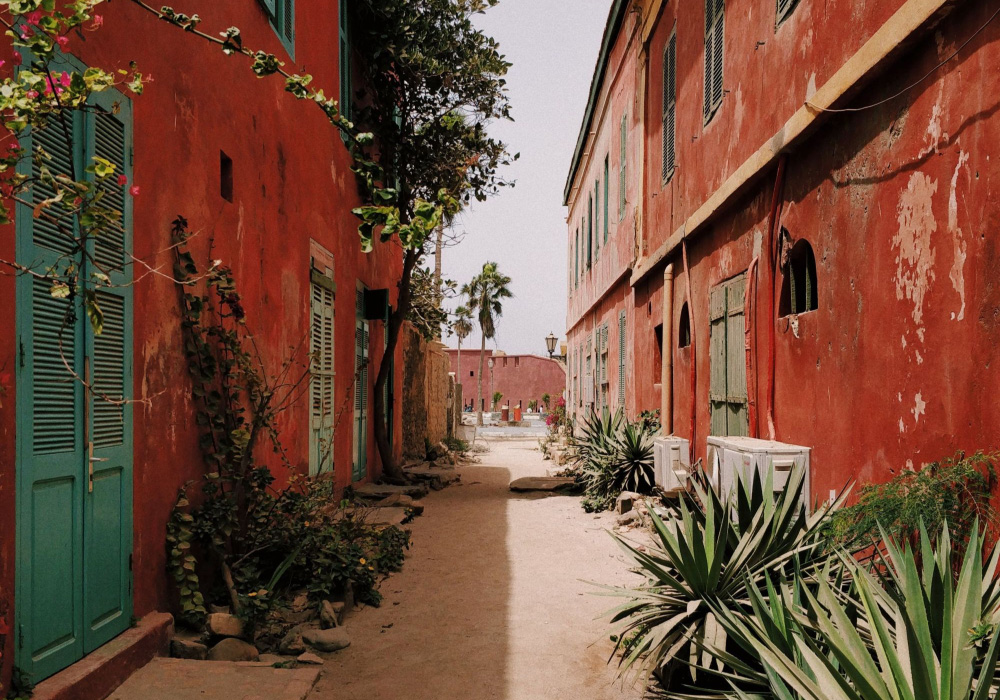
At the heart of the island is the Maison des Esclaves (House of Slaves), a museum that preserves the painful history of those who were held captive before being sent across the Atlantic. The Door of No Return, an archway overlooking the ocean, is a solemn and symbolic spot where many enslaved Africans took their final steps on African soil.
Beyond its historical significance, Gorée Island is also known for its charming colonial architecture, colourful streets, and vibrant art scene. Strolling through its car-free alleys, visitors can admire local art galleries, craft markets, and historical forts that tell the island’s layered story. The peaceful beaches and scenic viewpoints contrast sharply with its dark past, making Gorée Island a place of reflection, education, and cultural appreciation.
Sample local cuisine: A taste of Senegal's rich flavours
Senegal’s cuisine is a vibrant fusion of West African, French, and North African influences, offering a delightful mix of bold spices, fresh ingredients, and traditional cooking techniques. From savoury stews to sweet delicacies, Senegalese food reflects the country’s rich history and cultural diversity.
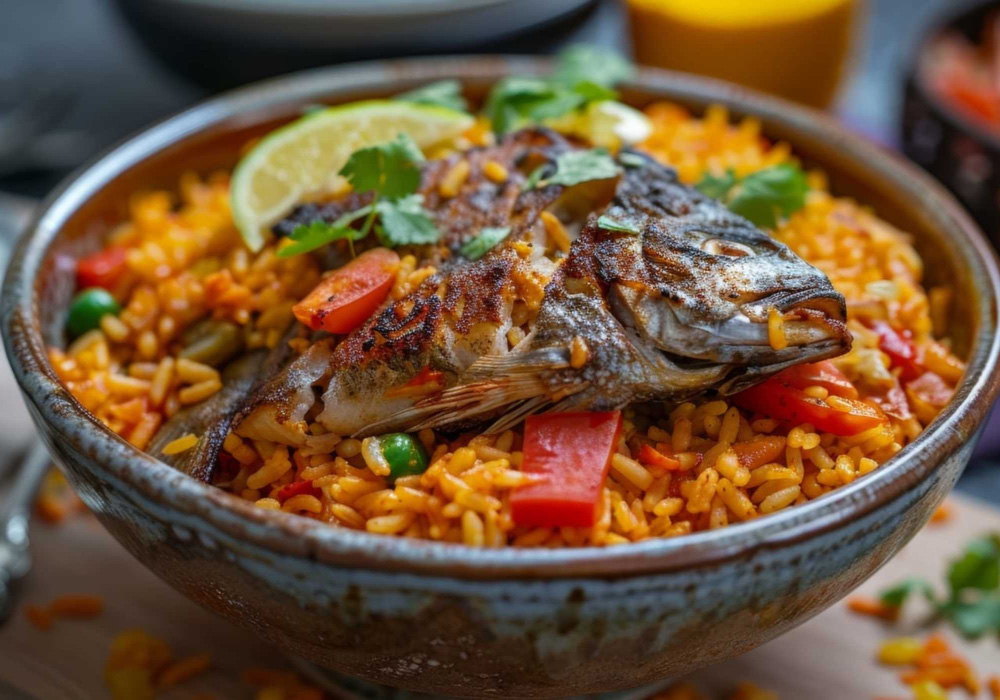
Here are some must-try dishes that capture the essence of Senegalese cuisine:
-
Thieboudienne (Senegalese Jollof Rice) – Often considered Senegal’s national dish, this hearty meal consists of flavoured rice cooked with fish, tomatoes, and vegetables, infused with a blend of garlic, onions, and local spices.
-
Yassa Poulet (Chicken Yassa) – A tangy and savoury dish featuring chicken marinated in lemon juice, mustard, and caramelized onions, then slow-cooked to perfection. It’s typically served with white rice and a side of spicy sauce.
-
Mafé (Peanut Stew) – A rich, creamy peanut-based stew made with beef, lamb, or chicken, simmered in a thick sauce with tomatoes, onions, and vegetables. It’s best enjoyed with rice or couscous.
-
Pastels – Small, deep-fried pastry pockets filled with spiced fish or meat, often served with a flavorful tomato-based dipping sauce. A popular street food snack in Dakar and beyond.
-
Bassi Saleté – A lesser-known but delicious dish made with steamed millet couscous, often paired with meat, vegetables, and a rich tomato sauce.
For those with a sweet tooth, don’t miss:
-
Thiakry – A sweet millet and yogurt pudding, often flavoured with vanilla, nutmeg, or dried fruits for an extra touch of indulgence.
-
Bouye (Baobab Juice) – A refreshing drink made from the fruit of the baobab tree, blended with milk, sugar, and sometimes vanilla for a creamy, nutritious beverage.
To truly immerse yourself in Senegalese cuisine, visit local markets, street food vendors, and family-run restaurants where dishes are prepared with authenticity and love. Whether indulging in a flavorful seafood meal by the coast or enjoying a home-cooked meal in a traditional setting, Senegal’s cuisine offers an unforgettable culinary experience.
Outdoor adventures
Among Senegal's many attractions, outdoor adventures are a must-do on your itinerary. Whether you love exploring nature or relaxing by the sea, Senegal's outdoor activities promise unforgettable memories.
National parks
Senegal boasts several national parks that glimpse its diverse wildlife and stunning landscapes. One of the most popular is Niokolo-Koba National Park, a UNESCO World Heritage site. It spans over 9,000 square kilometres and is home to lions, elephants, and hippos.
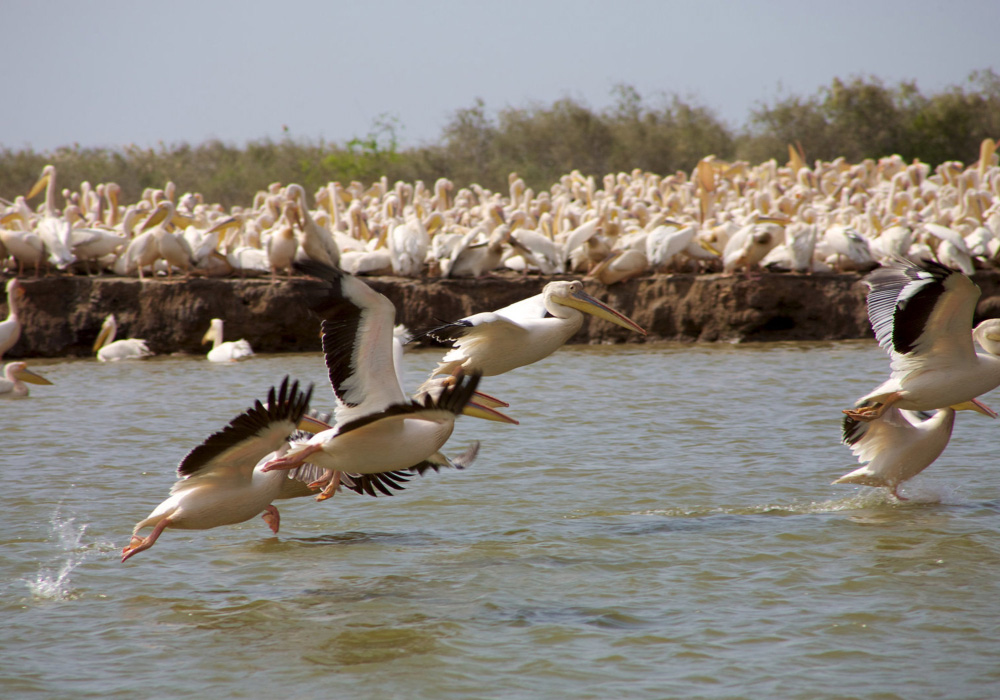
Another gem is Djoudj National Bird Sanctuary. This park is a paradise for bird watchers, hosting over 1.5 million birds yearly. You can see pelicans, flamingos, and various migratory birds.
Saloum Delta National Park is a place for those interested in marine life. The park features mangroves, islands, and a variety of fish species. It's perfect for kayaking and boat tours.
Beaches and water activities
Senegal's coastline stretches over 500 kilometres, offering some of the most beautiful beaches in West Africa. Cap Skirring is a popular beach destination known for its golden sands and clear waters. It's ideal for sunbathing, beach volleyball, and picnics.
If you love water activities, Ngor Island is a must-visit. Located near Dakar, it offers excellent snorkelling, diving, and surfing opportunities. The underwater life here is simply mesmerizing.
For a more relaxed experience, visit the tranquil Plage de N'Gor. This beach is perfect for swimming and family outings. You can also rent a paddleboard and explore the calm waters.
-
Cap Skirring: Sunbathing, beach volleyball, picnics
-
Ngor Island: Snorkeling, diving, surfing
-
Plage de N'Gor: Swimming, paddleboarding, family outings
Whether you're an adventure seeker or prefer a laid-back day by the sea, Senegal's beaches and water activities offer something for everyone.
Senegal is a destination that seamlessly blends history, culture, and adventure. Whether exploring the lively streets of Dakar, uncovering the historical depths of Gorée Island, or marvelling at the pink waters of Lac Rose, every corner of Senegal offers something unique. Its rich traditions, mouth-watering cuisine, and warm hospitality ensure an immersive travel experience.
From the rhythmic beats of local music to the tranquil beauty of its national parks, Senegal captivates all who visit. Whether you're drawn to its vibrant festivals, colonial charm, or untamed landscapes, Senegal promises an unforgettable journey. Start planning your adventure today and experience the magic of this West African gem!

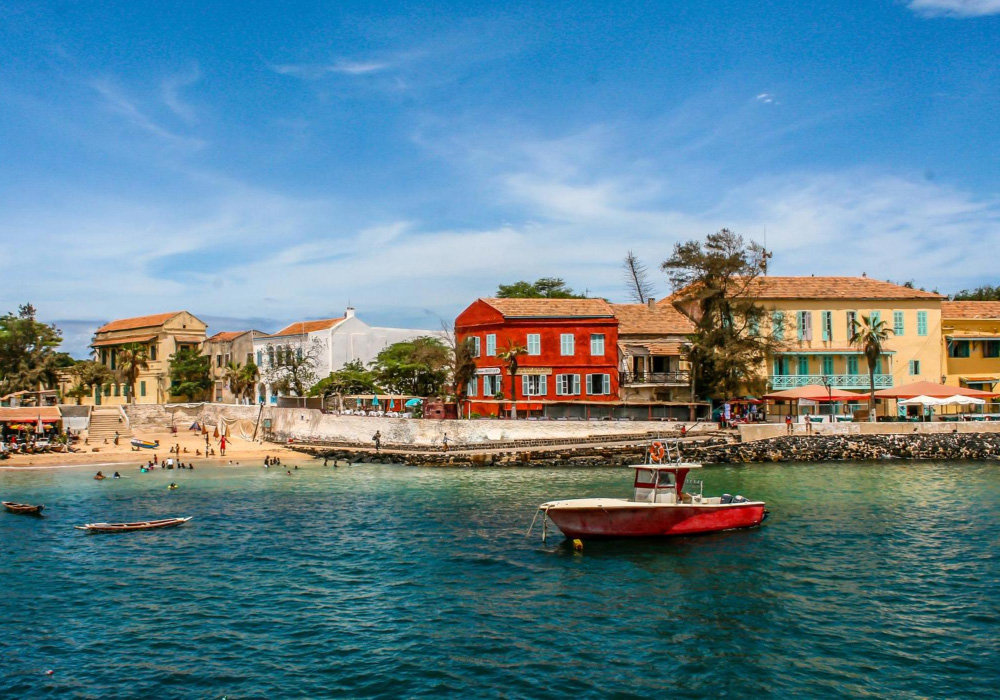


Comments powered by CComment